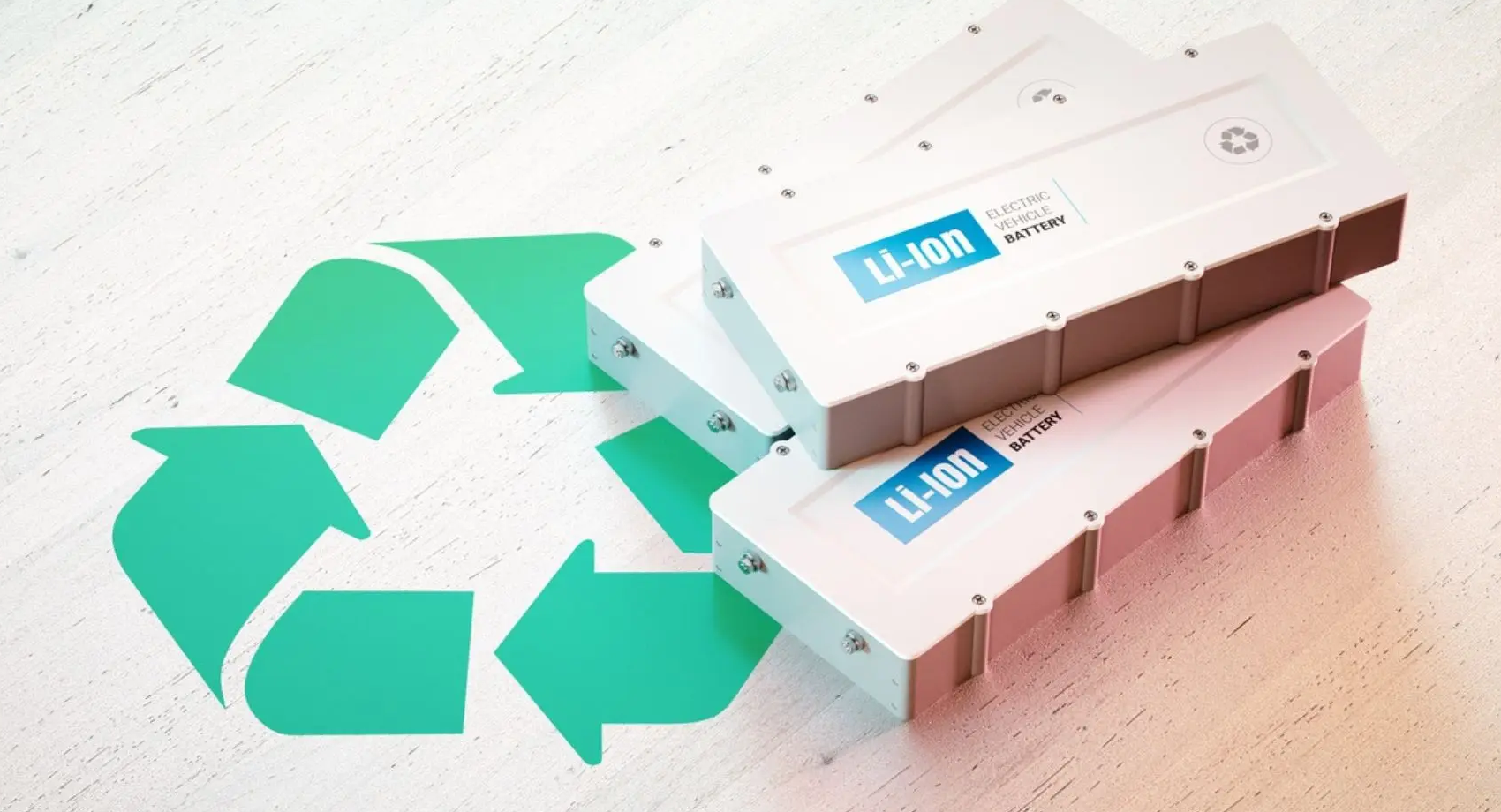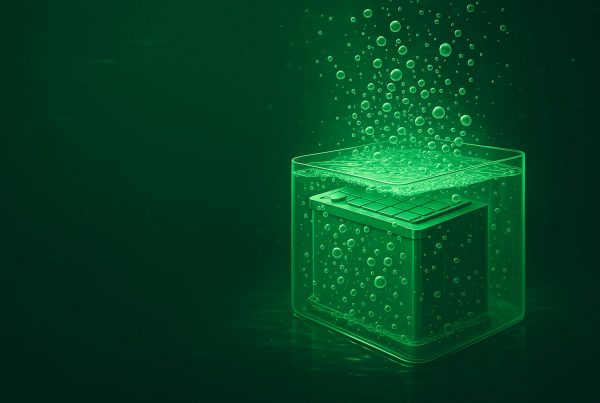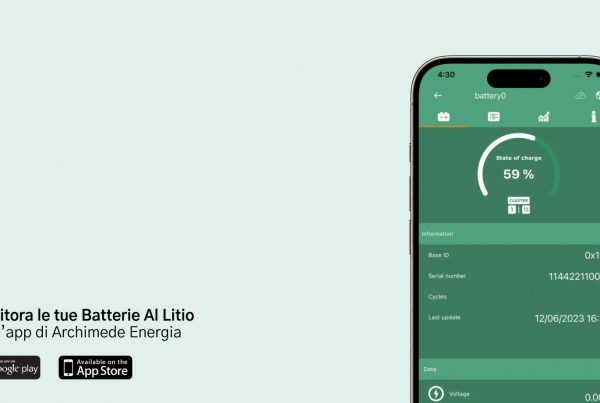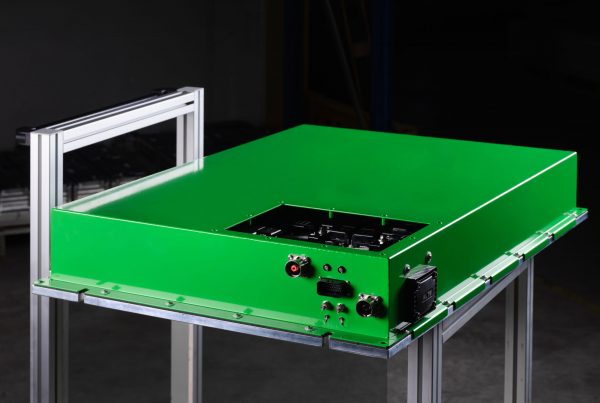Circular economy of Lithium Batteries: let’s see how it works
Today, we’re discussing the concept of a circular economy applied to lithium batteries, showing how these should not be viewed merely as waste but as resources that can be used in intelligent ways.
When a battery reaches the end of its useful life, it is often assumed to be unusable. However, this belief is incorrect, and we’ll demonstrate this by examining three key concepts:
- Life Cycle Analysis (LCA)
- Circular Economy
- Second Life of Batteries
The Lithium Battery Market: A Brief Overview
First, it’s essential to understand the rapid growth in the electric battery market. The introduction of the first lithium batteries in 1991 revolutionized the energy sector, offering both convenience and rechargeability. This development led to a significant increase in battery production, especially in light of global policies aimed at reducing fossil fuel usage.
With the growing demand for batteries, a quick depletion of the resources needed for their production is anticipated. Additionally, the volume of spent batteries needing disposal will soon exceed the capacity of collection centers. A study by McKinsey estimates that by 2030, the number of spent batteries from electric vehicles could equal or even surpass the demand for batteries for solar energy storage. This scenario highlights the importance of focusing immediately on the circular economy and the reuse of materials.
LIFE CYCLE ANALYSIS AND THE CIRCULAR ECONOMY
To address this challenge, it is crucial to adopt an approach based on Life Cycle Analysis (LCA), which considers the environmental impacts of a product throughout its entire life cycle. This approach makes it possible to identify the most impactful stages of production and to implement improvement strategies.
The circular economy, on the other hand, aims to reuse existing materials and products, extending their useful life and reducing the need for new production. This model could offer a solution to the increasing demand for batteries, ensuring sustainable resource management at the same time.
The European Union has recognized the importance of these strategies and has funded projects like IPCEI (Important Projects of Common European Interest), which aims to reduce battery waste and recover raw materials from used batteries.
The Circularity of Lithium Batteries
When a lithium battery reaches the end of its operational life, it is often considered unusable. However, it doesn’t. have to be like this. An exhausted battery can take several paths: the recovery of raw materials or a second life.
The recovery of raw materials is an option currently under development, with the prospect of recovering over 90% of materials. However, the costs associated with this process can be high.
Giving a second life to batteries, on the other hand, is an interesting and easily achievable alternative. Used batteries can be repurposed as energy storage systems for photovoltaic plants, thereby extending their useful life. Additionally, using batteries in this way can reduce environmental impact by up to 70% compared to producing new batteries.
The Role of Archimede Energia in the Circular Economy
Archimede Energia is registered with the Italian Battery and Accumulator Registry and is a member of the COBAT consortium. COBAT is the major Italian platform for circular economy services and has a widespread presence throughout Italy, thanks to a logistical and plant network.






